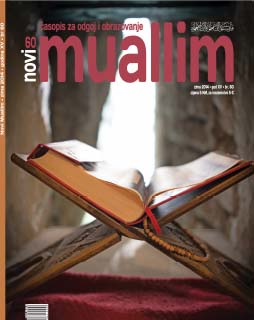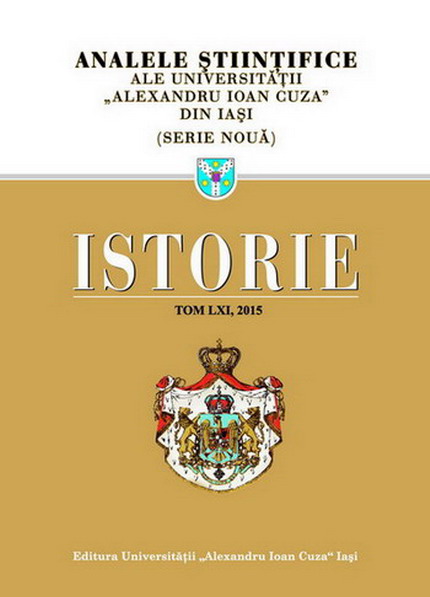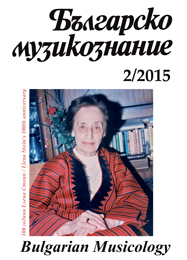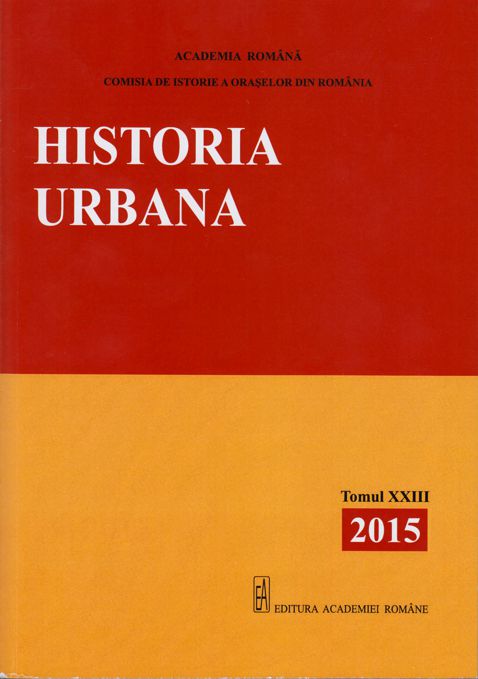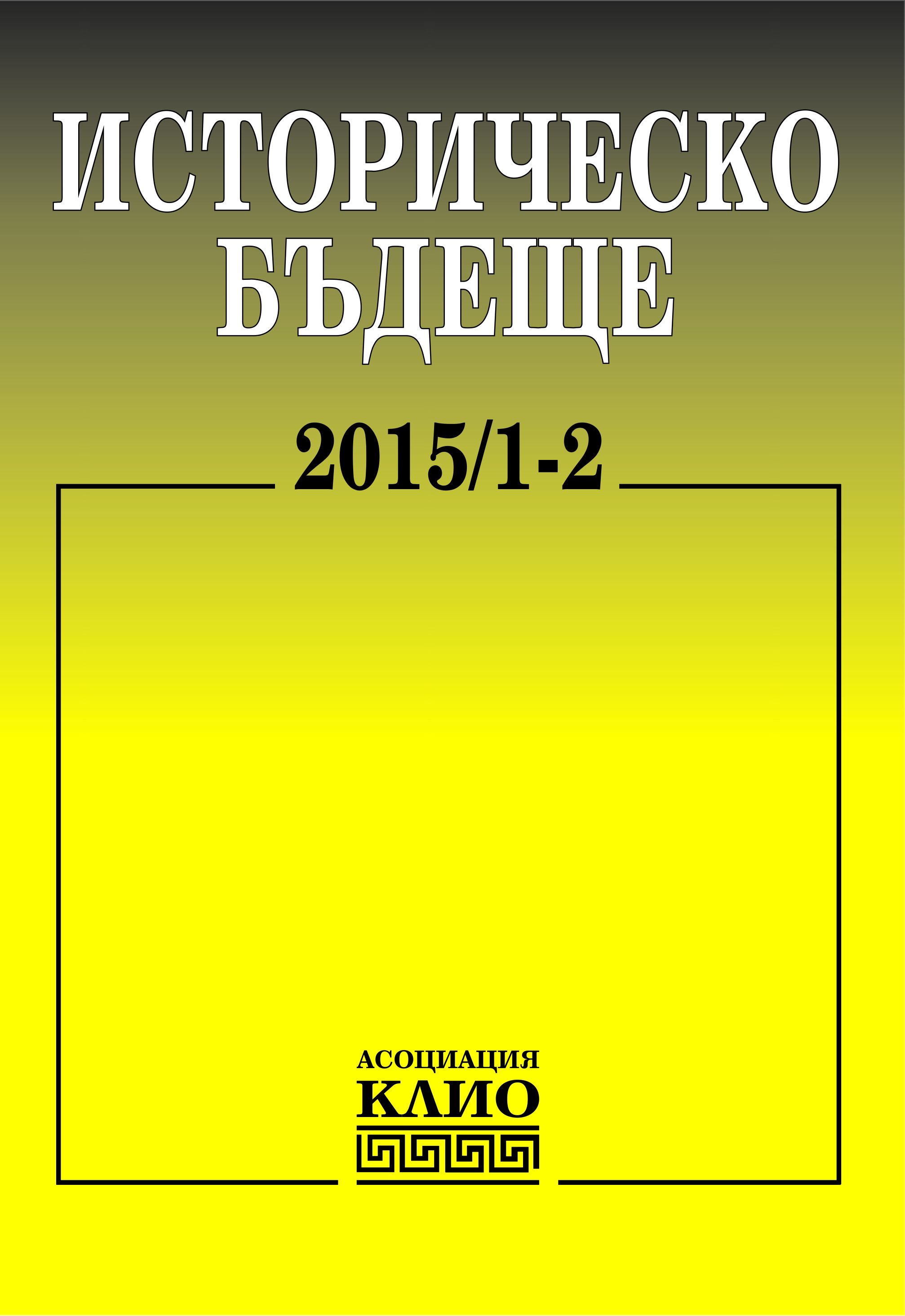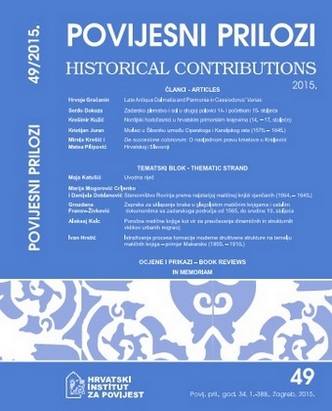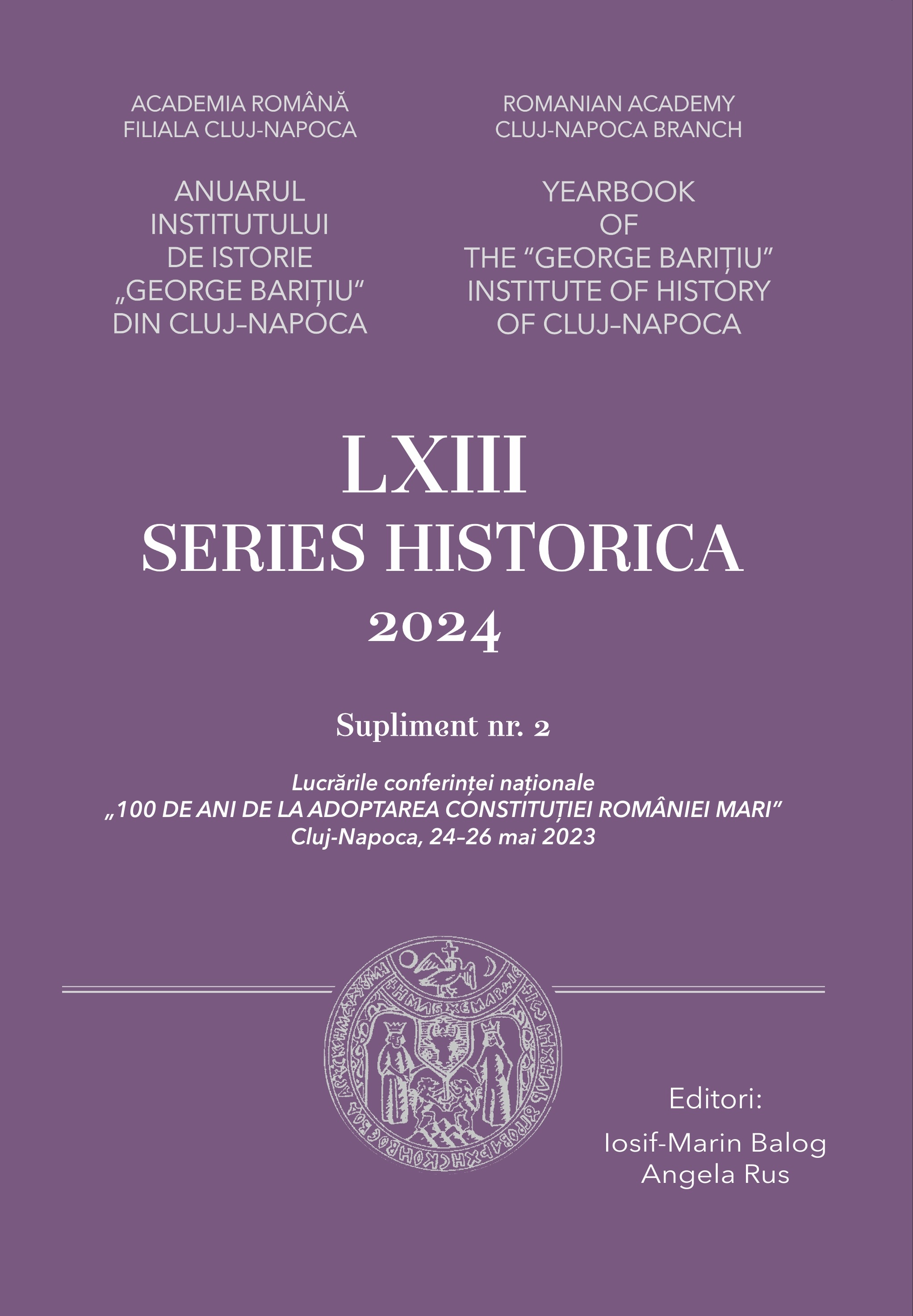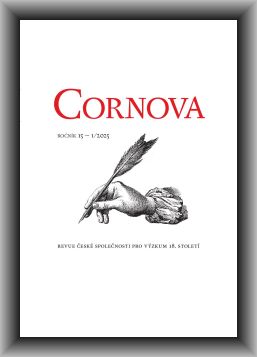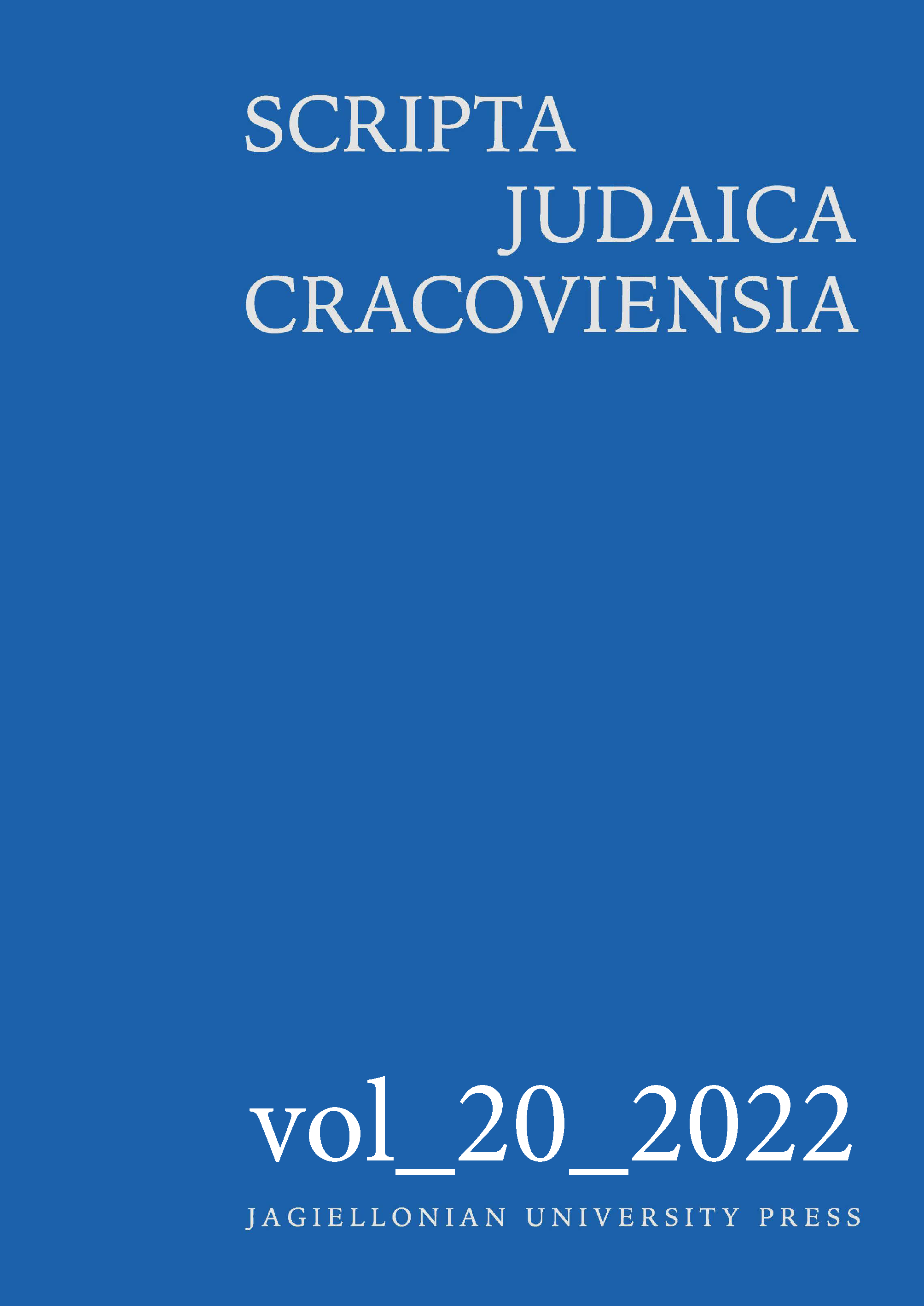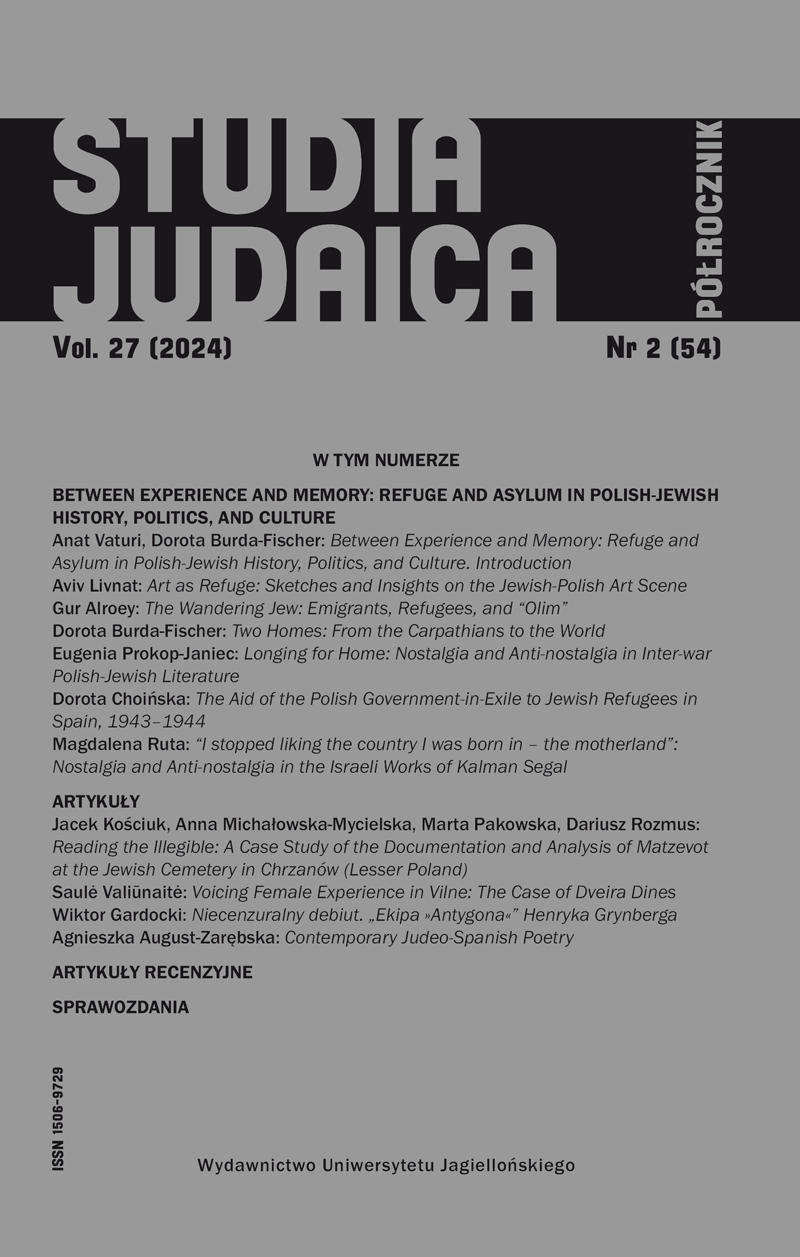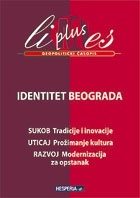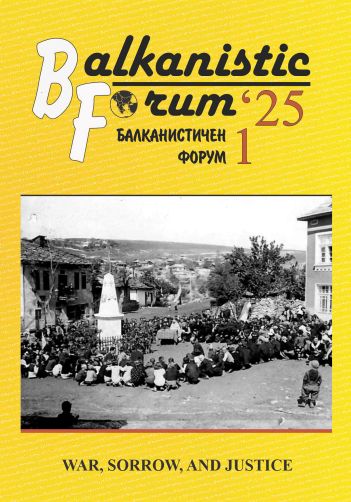Author(s): Krešimir Kužić / Language(s): Croatian
Issue: 49/2015
Even though the Nordic countries were a periphery in the eyes of the Mediterranean population during the late medieval period, Scandinavian rulers and their subjects participated in important political and religious events, including the Crusades and pilgrimages to the Holy Land. Their interest in visiting Jerusalem is evident in itineraries written in Icelandic and Danish, dating from the period between the 12th and 15th centuries. As for the motivation behind them, pilgrimages can be classified as votive – supplicatory or thanksgiving – and penitential. They could also result from court verdicts, as well as contracts or testaments. In this paper, we have focused on the last will of Queen Margaret I from 1411 and a votive pledge of Queen Dorothea from 1488. Several examples testify of the wish to commemorate a performed pilgrimage, such as tombstones and especially written travelogues. However, the religious motive declined with time and was substituted through the wish to undertake a scholarly or research adventure. A particularly interesting aspect is the efforts invested by the nobility in order to gain the title of the Knights of the Holy Sepulchre. A decline in the number of pilgrimages is recorded from the mid-16th century, when the Nordic countries embraced Protestantism. The pilgrims travelled over the North Sea and Baltic harbours and further through the German lands in order to reach Venice. There they signed transportation contracts with Venetian shipmen and embarked on a journey descending the Adriatic. During the early period, they travelled on galleys, and later on various types of sailing ships, which allowed them to become acquainted with Croatian cities and regions. The most frequented ports included Poreč, Rovinj, Zadar, Hvar, Korčula, and Dubrovnik (Fig. 1). Among the 58 pilgrims mentioned by name, several deserve special attention. One is the pilgrimage of King Eric VII in 1424, which was also undertaken by Ivan VI Frankopan. The travelogue of Danish nobleman Holger Gregersen Ulfstand (Fig. 2) (1487 – 1542), who embarked on his journey in 1518, tells us not only about his piety, but also about the Croatian coast: for example, about the religious customs in case of plague. Indirectly, travelogues also tell us about some visits to the relics of St Euphemia in Rovinj, St Simon in Zadar, and St Blasius in Dubrovnik. Jakob Jakobsen Bonn, a canon from the then Danish, now Swedish city of Lund, died in 1496, exhausted by the journey, and was buried on the island of Arkanđel near Trogir (Fig. 1). His fate was shared by several other Nordic pilgrims, who lost their lives in various places. Beside illness, they were threatened by fierce weather and Turkish pirates, the latter especially present in the 16th and 17th centuries. Apart from the fact that Nordic pilgrims were few in number, their ignorance of the local language was the main reason for the lack of personal contact, as well as the local mentions of pilgrims from Scandinavian countries.
More...

